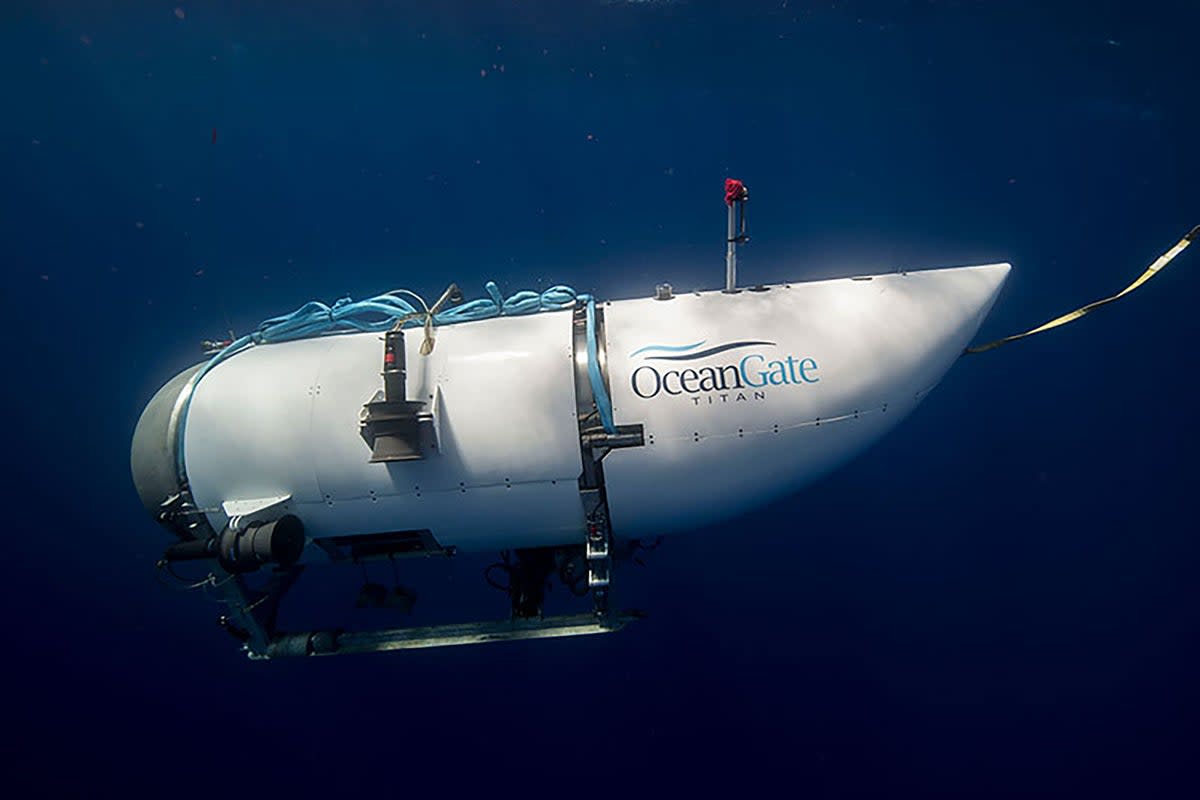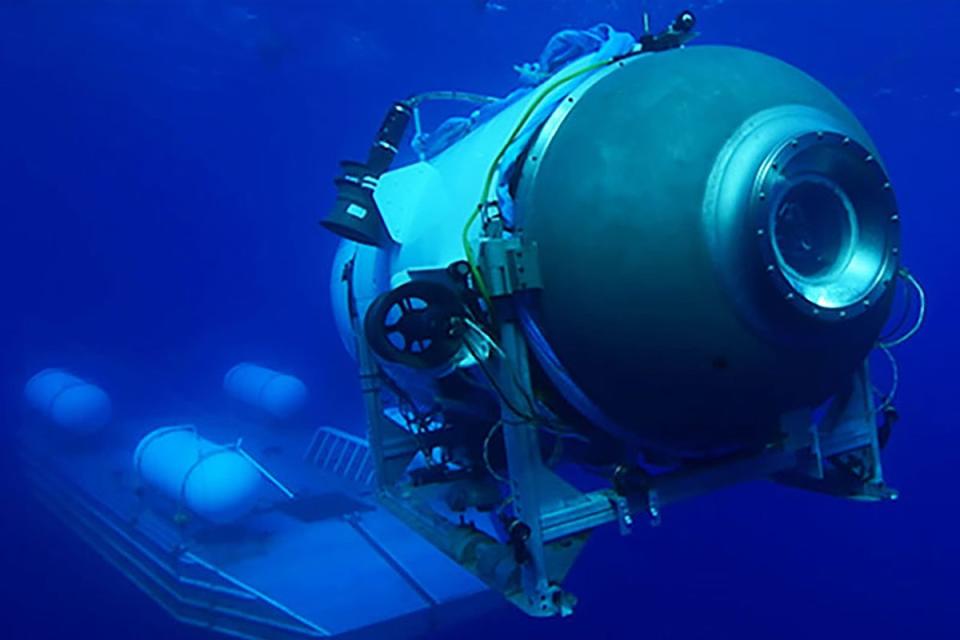US billionaire plans to take submersible to wreck of Titanic

A billionaire American businessman is planning to take a new submersible to the wreck of the Titanic to prove it is safe after last year’s OceanGate tragedy.
Five people died onboard the Titan after it imploded during an expedition to see the wreck of the Titanic in June last year.
British adventurer Hamish Harding and father and son Shahzada and Suleman Dawood died alongside OceanGate Expeditions’ chief executive Stockton Rush and Frenchman Paul-Henri Nargeolet.
Larry Connor, an investor from Ohio, told The Wall Street Journal: “I want to show people worldwide that while the ocean is extremely powerful, it can be wonderful and enjoyable and really kind of life-changing if you go about it the right way.”

He has joined forces with Patrick Lahey who set up a submersible manufacturing firm, Triton Submarines, to show a similar expedition can be carried out safely.
Mr Lahey told Business Insider that Mr Connor rang him a few days after the implosion and said: “’You know, what we need to do is build a sub that can dive to [Titanic-level depths] repeatedly and safely and demonstrate to the world that you guys can do that, and that Titan was a contraption’.”
Mr Connor, who previously travelled to the Mariana Trench which is the deepest oceanic trench in the world, said the pair will attempt the Titanic journey in a two-man vessel capable of descending 4,000 metres.
Mr Lahey criticised OceanGate before and after the fatal disaster, calling into question the firm’s safety standards.
But he said the firm’s safety issues did not reflect wider problems, claiming most submersibles were safe because of the amount of testing they go through.

 Yahoo News
Yahoo News 
